
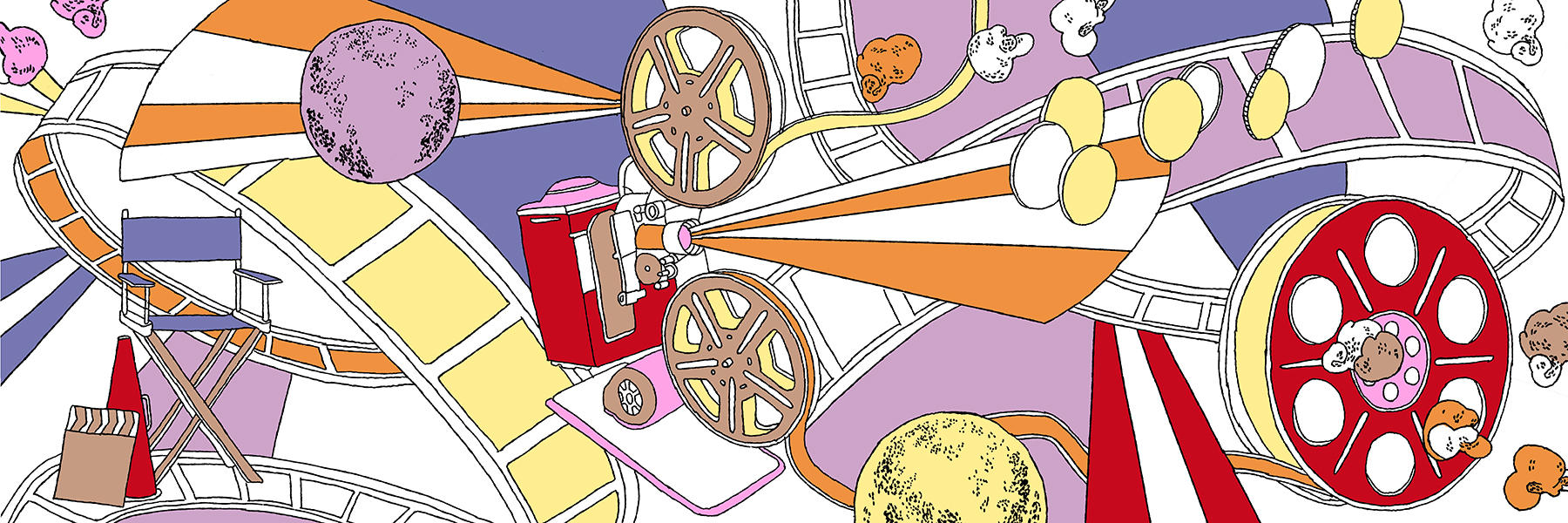
Switzerland is no longer a cinematic island
Considering Switzerland’s dimensions, the country is spoiled in terms of its cinema scene. Every linguistic region – German, French, Italian, and even the Romansh – have their own film scene, supportive funds provided by various levels of government are relatively generous, and then there are the countless festivals. That climate has created a cinematic scene that is vibrant, and increasingly international.
International co-productions have become the norm and a significant number of young filmmakers have an immigrant background or were born abroad. Many live and work outside Switzerland.
“People talk a lot about Swiss cinema here in a very nationalistic way,” a Berlin-based Swiss filmmaker told us at the Zurich Film Festival in 2017. “But I’m not nationalistic at all in my perception of the world.” In that year, only a third of all films were made by Swiss directors based in the country.

More
Cinema
Switzerland’s film scene flourished right after the end of the Second World War, when Leopold Lindtberg’s The Last Chance (Die letzte Chance) won the Golden Palm at Cannes (1946).
In 1973, The Invitation (L’invitation) by Claude Goretta took the Jury Prize at the Cannes Festival. The Boat is Full (Das Boot ist voll, Markus Imhoof, 1981) got a Silver Bear in Berlin, and Dangerous Moves (“La Diagonale du Fou”, Richard Dembo, 1984) an Oscar for Best Foreign Language Film, followed in 1990 by Xavier Koller’s Journey of Hope (Reise der Hoffnung).
Since then, Swiss feature films haven’t cut a strong presence in the international stage. But if no Swiss film has gone too far, the model of international co-production that marks the Swiss film-making practically since its beginnings is nowadays the only affordable way of making scripts come true all over the world.
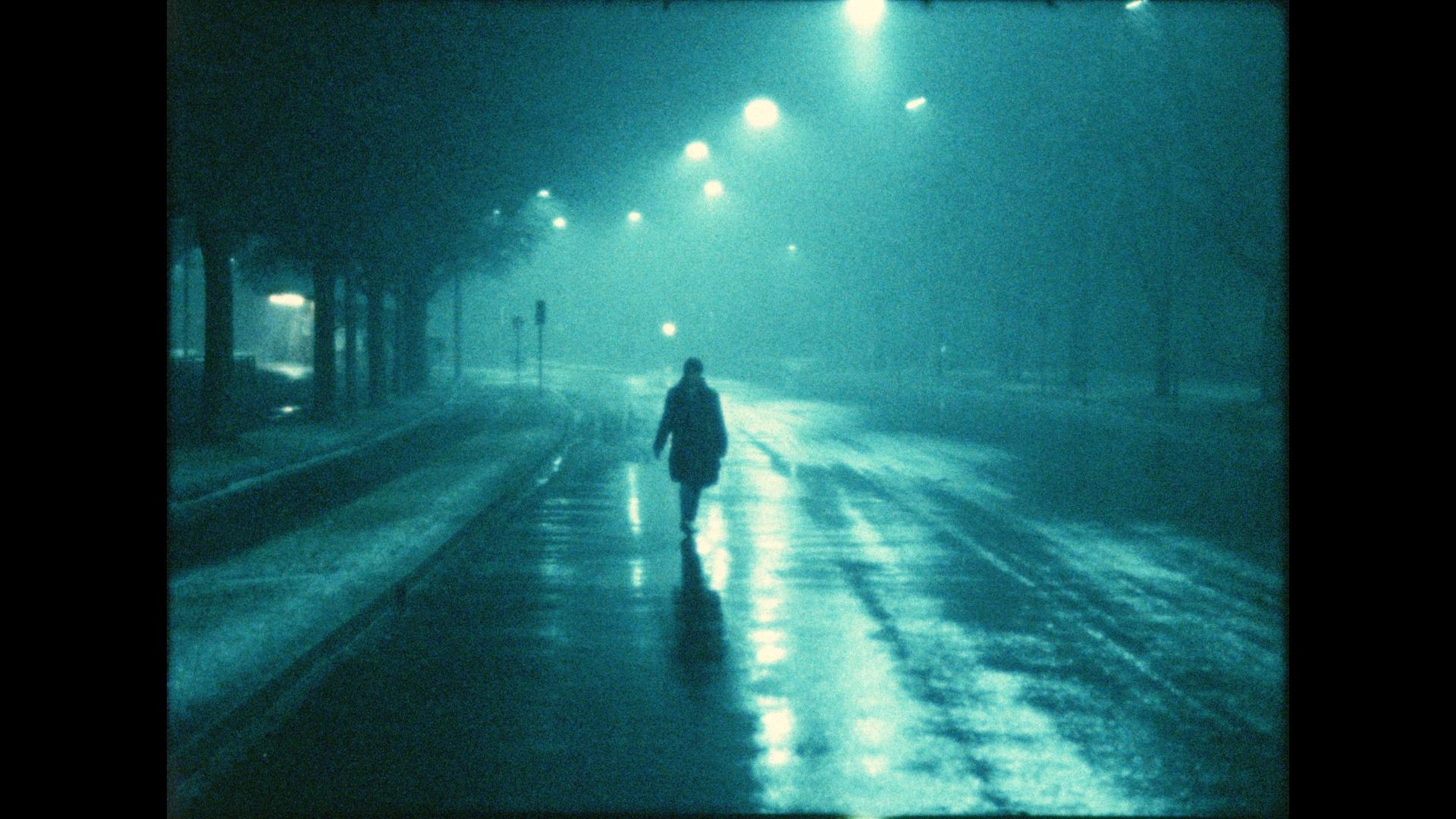
More
Groundbreaking films from Swiss cinema
The main cinematic Swiss export are documentaries, and the number of documentaries produced in Switzerland is about double that of fictional feature films. In good part, this is the result of a deliberate government policy, that created a federal legislation in 1962 enshrining public financial support to filmmakers doing documentaries.
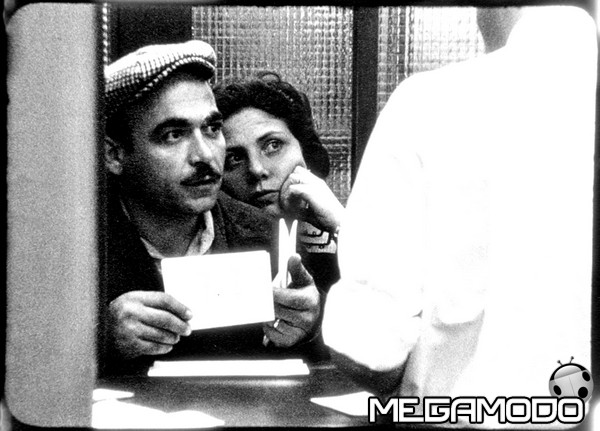
More
Documentaries are the strength of Swiss cinema
The film festival in Solothurn played a vital role in fostering a combative, political and non-conformist generation of Swiss film makers, especially in the 1960s and 1970s. That generation brought some of the biggest international awards to Switzerland.
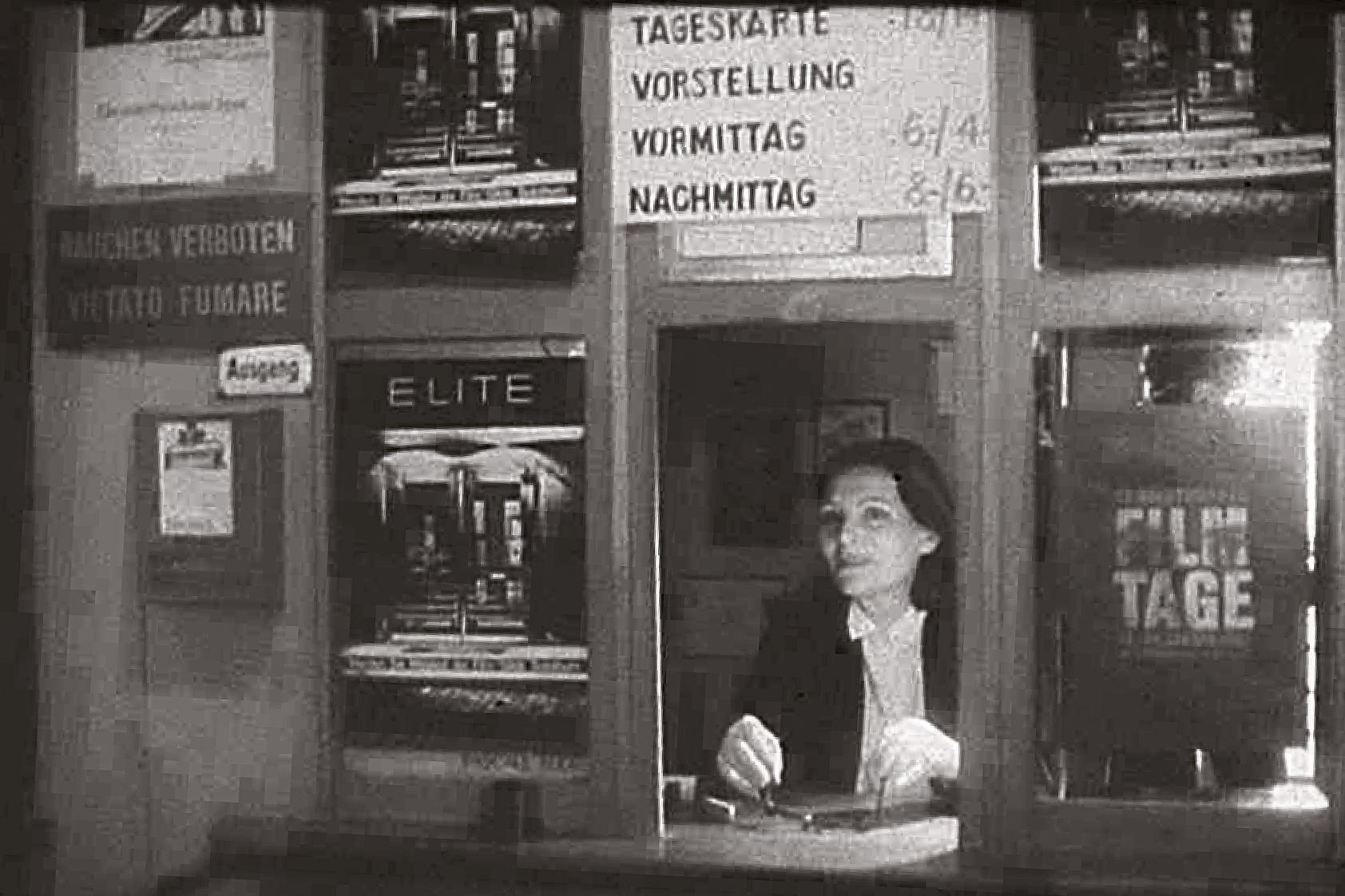
More
The birth of modern Swiss cinema
Fifty years later, with over 60,000 spectators, the Solothurn Film Festival is still going strong. And it’s just one of many festivals in the country. There’s Locarno, Zurich, Visions du Réel – in Nyon, focusing on documentaries, Fantoche – in Baden, focusing on animation, and Bildrausch – in Basel, centered on arthouse films.
These festivals are not just a feast for cinephile pleasure, but also an opportunity to spot trends in an increasingly fluid field. With the advent of streaming services and a myriad of distribution platforms, and new technologies, such as augmented and virtual reality, the pace of change is accelerating.

More
The machine to be us
Animation is another field where the Swiss film makers are in the global spotlight, more recently with the nomination of “My Life as a Courgette” for Best Animated Feature Film at the Oscars, and then proving a success at the box-office.
The Swiss Federal Office of Culture and the public television (SRG/SSR) have recently devised new mechanisms for funding animation projects, but, as my colleague Julie Hunt found out, this métier still needs some polishing.
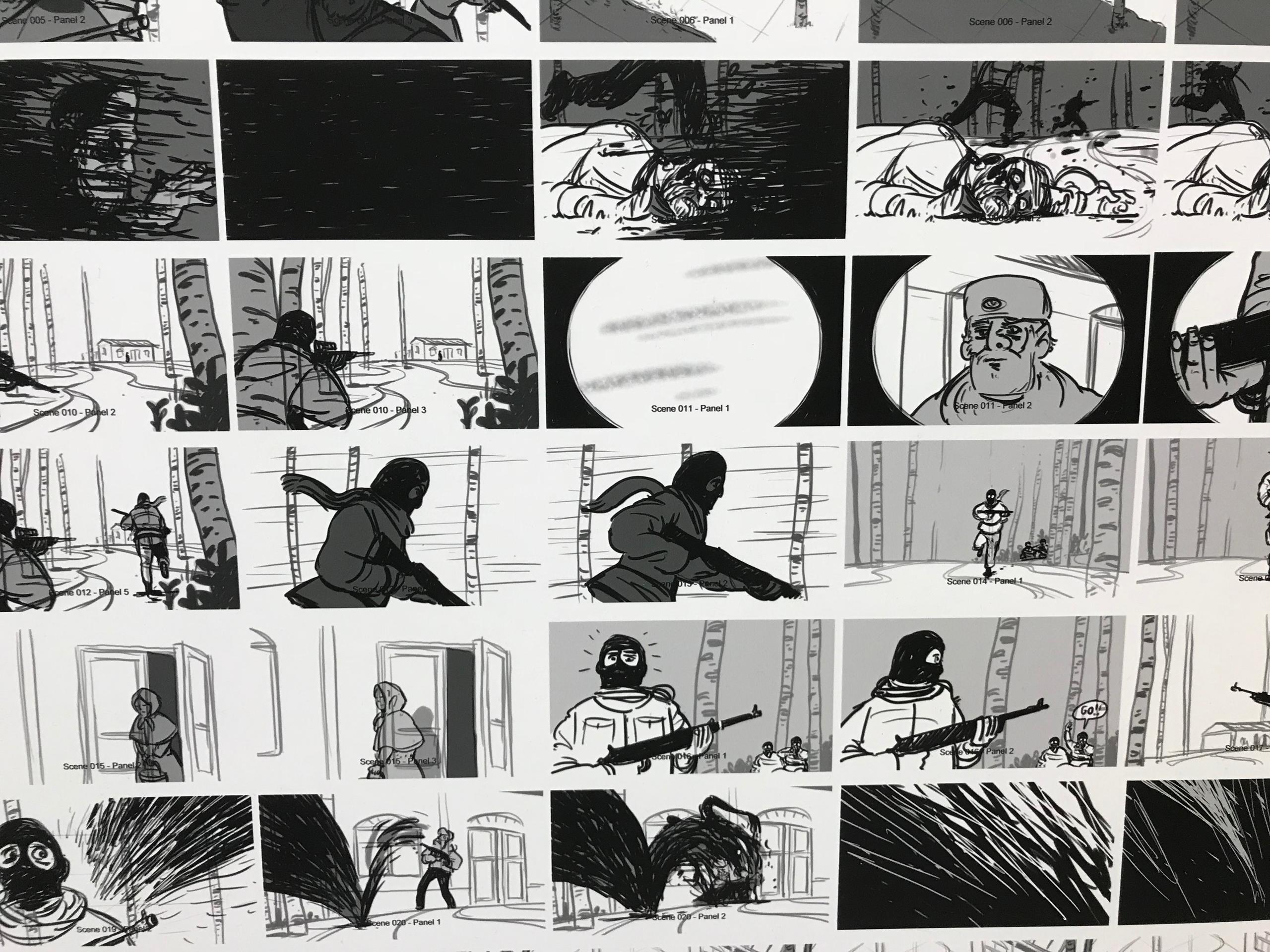
More
Swiss animation scene needs polish
Switzerland also plays a major role in the international circuit of film restauration, thanks to the support received by institutions devoted to the maintenance of film archives, led by the Cinemathèque Suisse. It has recently gained new quarters to host its collection which ranks among the world’s 10 most important film archives.
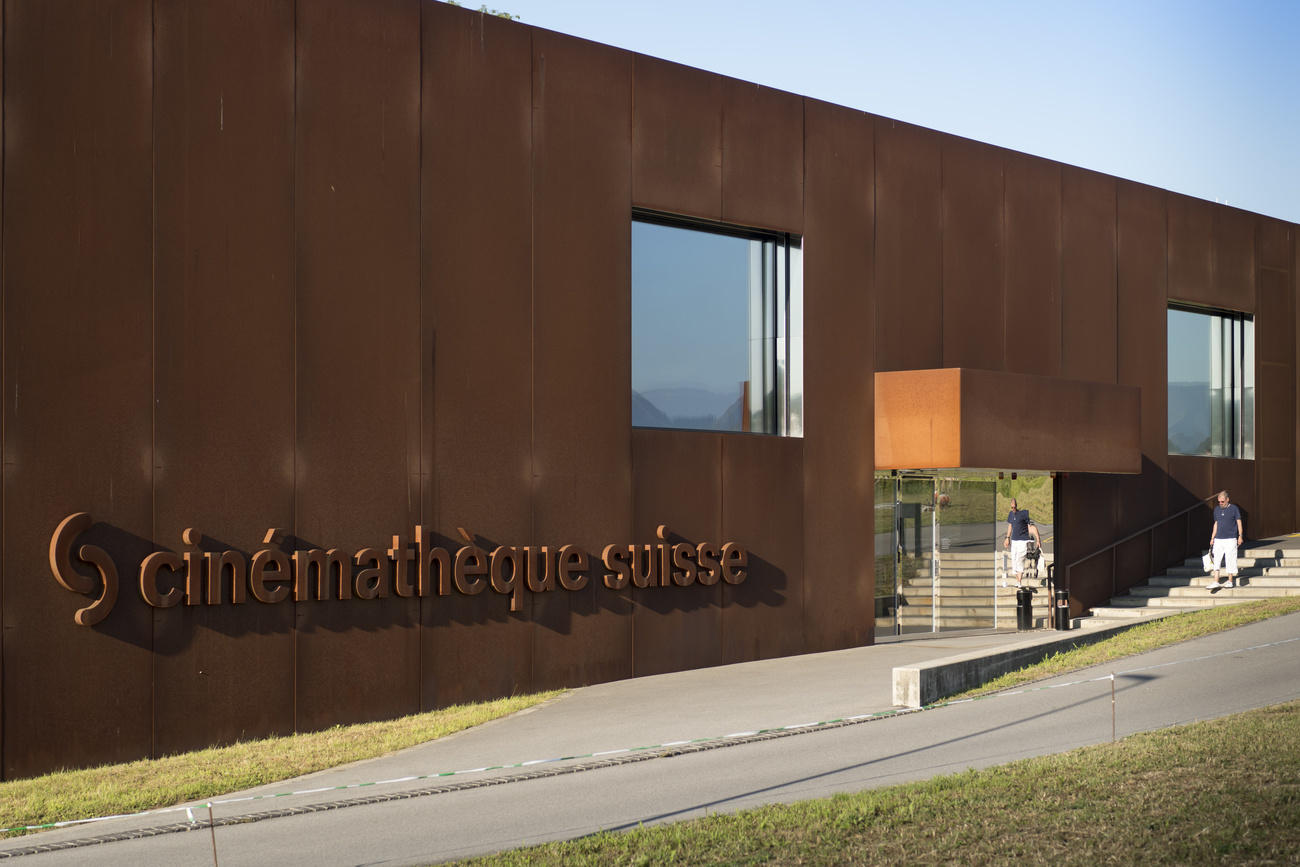
More
Swiss Film Archive inaugurates research centre

In compliance with the JTI standards
More: SWI swissinfo.ch certified by the Journalism Trust Initiative




























